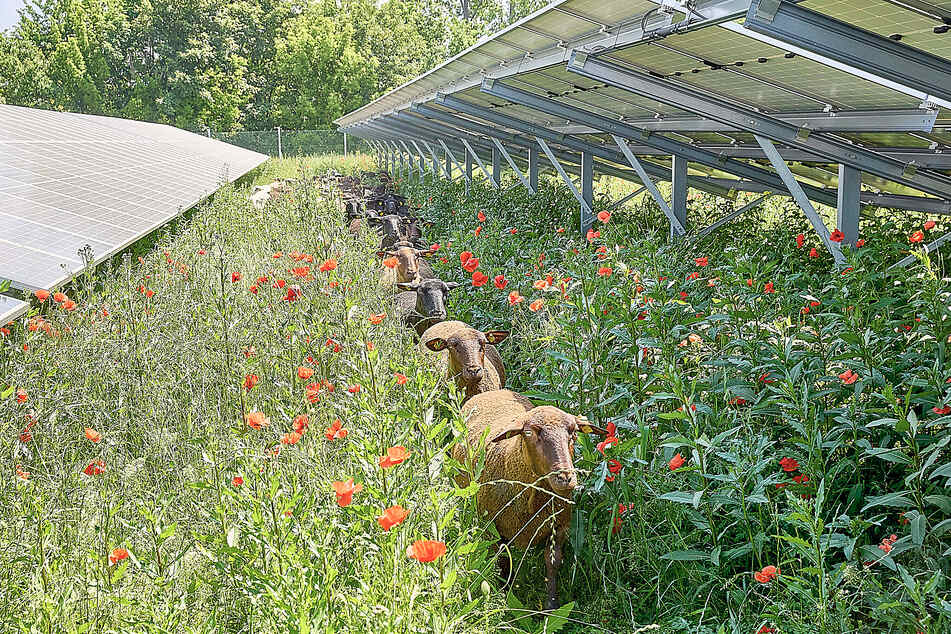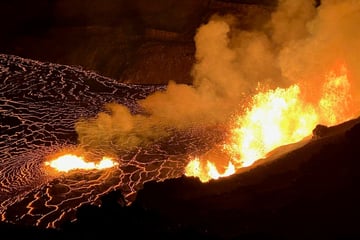Green light for renewable energy expansion as conservation concerns addressed
Southampton, UK - One ray of sunshine in the fog of the climate crisis is a new report saying there is still room to build. Renewables don't have to be at odds with the parts of the environment we are trying to protect.

A new study from the University of Southampton found that expanding renewable energy projects and building new ones won't get in the way of conservation efforts in the vast majority of cases.
The team made a mega-list by combining all the places that are the focus of conservation efforts, including the homes of threatened species.
Then, they compared that list to existing renewable power projects and found out that there was a meaningful overlap with conservation spaces, mostly in places where space is at a premium, like in Europe.
In the US, the Great Plains between Montana and Minnesota, and down to New Mexico and Texas, were the only area in the States with a potential for conflict with building out green energy projects.
The study also checked out where wind and solar projects might collide with protected areas, and the team found that there won't be many serious clashes, as long as cities and states carefully plan where to put new renewable sites.
Lead author Dr. Sebastian Gunnett said, "This study is really encouraging for tackling the ecological emergency, as of course biodiversity itself will be badly affected by climate change. If we can expand the roll out of an important part of the climate solution – wind and solar power – without undermining critical efforts to conserve biodiversity, this will be a big step in the right direction."
Cover photo: IMAGO / photonews.at
